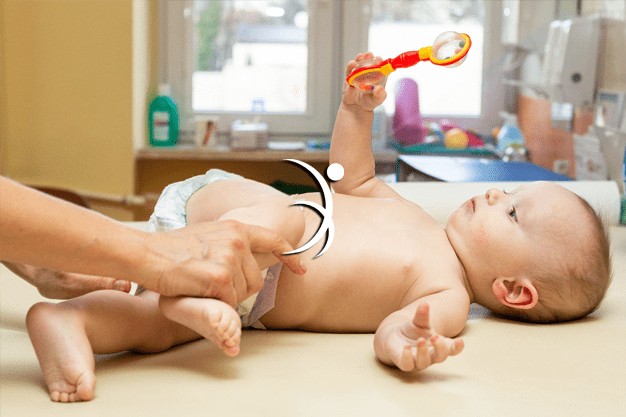Everything You Need to Know About Pediatric Physiotherapy

What is Pediatric Physiotherapy?
Pediatric physiotherapy is a type of physiotherapy that is specifically designed for children. Pediatric physiotherapists are experts in the assessment, diagnosis, and treatment of movement disorders and physical disabilities in children. They work with children of all ages, from newborns to adolescents, and can help with a wide range of conditions, including:
- Cerebral palsy
- Down syndrome
- Muscular dystrophy
- Spina bifida
- Developmental delay
- Sports injuries
- Postural challenges
- Scoliosis
Pediatric physiotherapists use a variety of techniques to help children improve their movement and function. These techniques may include:
- Exercises
- Massage
- Stretching
- Manipulation
- Education
The goal of pediatric physiotherapy is to help children reach their full potential. By improving their movement and function, pediatric physiotherapists can help children participate more fully in everyday activities, such as playing, learning, and socializing.
Is physiotherapy good for early intervention treatment for babies?
Yes, physiotherapy can be very beneficial for babies
- Infants (0-12 months): Pediatric physiotherapy can address early motor development, gross motor skills, head control, rolling, crawling, sitting, standing, and walking.
- Toddlers (1-3 years): Physiotherapy during this stage focuses on enhancing motor skills, balance, coordination, and walking/running abilities. It may also address common orthopedic conditions and movement disorders.
- Preschoolers (3-5 years): Physiotherapy for preschool-age children emphasizes the development of fundamental movement skills, improving balance, coordination, strength, and mobility. It may also target specific conditions like developmental coordination disorder (DCD).
- School-age children (6-12 years): Physiotherapy interventions for school-age children aim to optimize movement patterns, strength, endurance, and gross motor skills necessary for sports, play, and daily activities. It may involve treating conditions such as sports injuries, postural issues, and neuromuscular disorders.
- Adolescents (13-18 years): Pediatric physiotherapy for adolescents focuses on promoting functional independence, mobility, and strength. It may address sports-related injuries, orthopedic conditions, chronic pain management, and rehabilitation after surgeries or accidents.
It can help to improve their movement, coordination, and balance. It can also help to reduce the risk of developmental delays.
In fact, many babies who are born with developmental delays or who have experienced a premature birth benefit from physiotherapy. Physiotherapy can help these babies to reach their full potential and to participate more fully in everyday activities.
If you are concerned about your baby’s development, talk to your doctor. They may recommend that you see a pediatric physiotherapist.
Here are some of the benefits of physiotherapy for babies:
- Improves movement and coordination
- Reduces the risk of developmental delays
- Helps babies to reach their full potential
- Can be used to treat a variety of conditions
- Is a safe and effective form of therapy
What is Pediatric Physiotherapy Called?
Pediatric physiotherapy is also known as childhood physiotherapy or child development physiotherapy.
